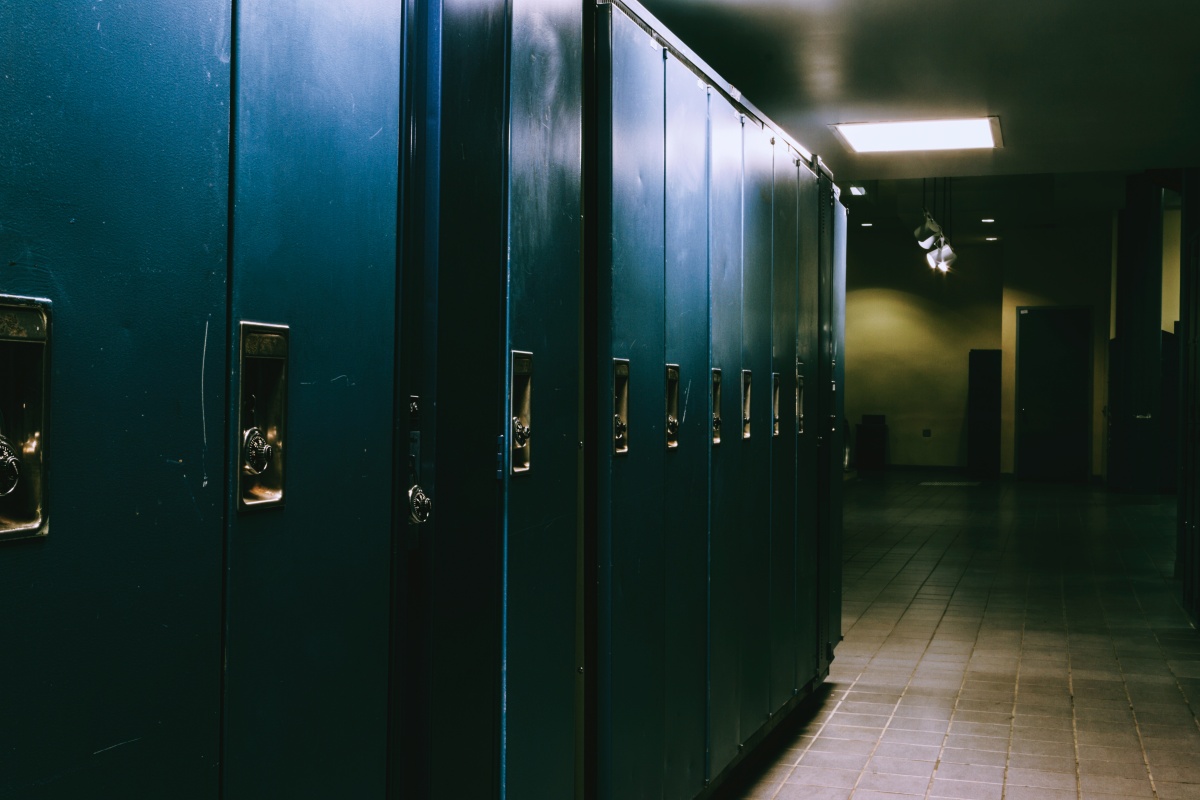
“Mommy, what’s wrong with that kid?”
Your child just blurted out an earnest question. . . in front of someone who appears to have a disability or simply looks different, somehow.
Yikes.
As a mother to a child with autism, my son has often prompted such innocent expressions of childhood curiosity. And it’s always a toss-up, which parent feels more mortified.
How could we do this better? With 1 out of 5 Americans living with a disability, it’s a statistical certainty your child or family will encounter one of ours at school, the playground, or at the mall. Much has been written what not to say when engaging with an individual with a disability. But what are some positive alternatives?
Be Proactive
Educate and frontload your kids in advance. “Why is he like that? Was he born like that? Why did God make her that way?” These questions are bound to arise after your child encounters someone different from them. Pre-empt them. We cannot pass on what we do not have, be it knowledge or convictions. In order to explain people-differences to your child requires you to work out your theology, first.
Coach and explain to your child in age-appropriate ways:
- “God made everybody different. Different is ok. God values and loves everyone the same, no matter who they are or how they look. Disabilities are not contagious or punishment because they were bad.”
- “People with disabilities are just like you and me. We all want friends, to be loved, accepted and appreciated.”
- “Everyone does things differently or needs different kinds of help or support: Glasses for reading, tutoring for math, a wheelchair for getting around, or a friend to help ‘translate’ what they mean.”
- “Don’t be afraid to ask questions, respectfully and with kindness. Find out their stories. Seek to learn and understand.”
Reactive Mode (“Social Disaster Recovery”)
Children take their cues from trusted adults. Fear or prejudice is learned behavior. Our reactions and responses model appropriate behavior for our kids. If your child happens to blurt out, “Mommy, what’s wrong with him?” set the tone in the moment:
- Don’t shush or yank them away. Their curiosity is natural and should be affirmed. Intercept the awkward, and gently redirect the conversation into a teachable moment: “I’m sorry about that. It’s because she really wants/needs to learn, etc.” Make your genuine intentions clear, a la “We come in peace!” To your child, you could respond, “Nothing’s wrong with him. WE just have a lot to learn about our new friend. Let’s go say hi and ask his name.” Do say, “Sweetie, it’s not polite to stare. But I’m hoping it’s OK to say hi to our new friend?” Model a polite sentence to encourage your child to approach and ask.
- Presume competence. Don’t assume the child or individual with a disability can’t speak or understand. Speak directly to the individual in an age-appropriate manner (no baby talk.) An attendant, teacher, or parent can step in to help scaffold the conversation, as needed. Follow their lead.
- Look for the positive, shared ways to connect. “We like trains, too!”
- If you encounter a parent/child in the middle of a difficult moment (i.e. a meltdown) offer a gracious, “Is there anything I can do to help?” And be prepared for what may or may not come after. No matter what, compassion always wins.
Our role is to set the tone and demystify the unfamiliar. If we are edgy and uneasy, kids sense it and conclude that this is indeed weird. Be your child’s guide from the side, as I will be doing for my pre-verbal child. As ambassadors of Christ, we have been equally charged with the ministry of reconciliation (2 Cor. 5:18). Such exchanges are good practice for all of us.
Raising Bridge-Builders
Schools are increasingly more intentional about creating inclusive learning environments. The federal government even mandates optimal opportunities for students to learn together, to learn from each other. Whether typically-developing or with special needs, our children will be eating lunch, attending classes, outings, and assemblies together, because diversity and inclusion benefits all students. That’s why God came up with it.
As your child begins a new school year, encourage him or her to include and engage with peers outside their usual circle of friends. It’s what Jesus would do. He made friends with people who were completely different from Him. After all, while we were yet sinners, He loved us. He traveled great distances and went out of His way to seek them out and affirm them.
Regardless whether our children are typically developing or differently-abled, we all yearn for them to engage with the world appropriately and with compassion; to know how to make new friends and nurture their relationships with present ones. Just as I’m eagerly preparing my child to engage with his world, so are you. We’re horrified when they get it wrong and delighted to high heaven when they get it right.
It turns out we’re not so different after all.




